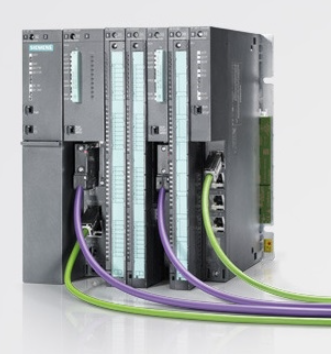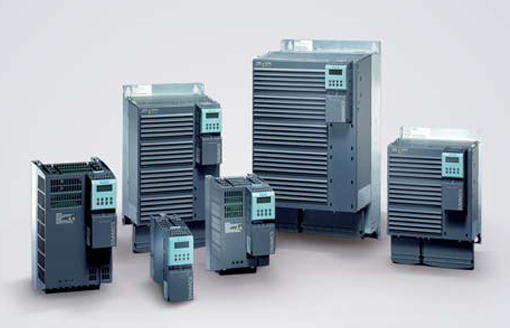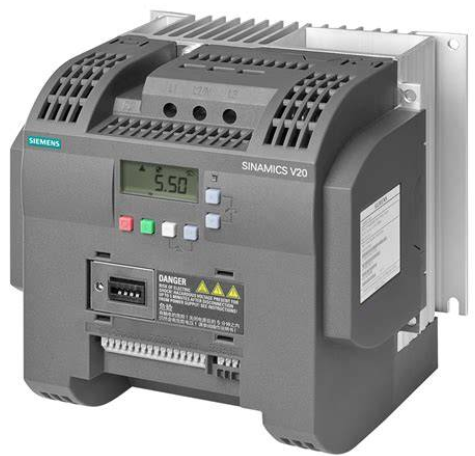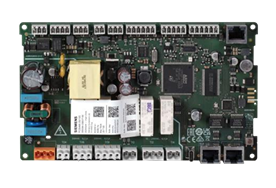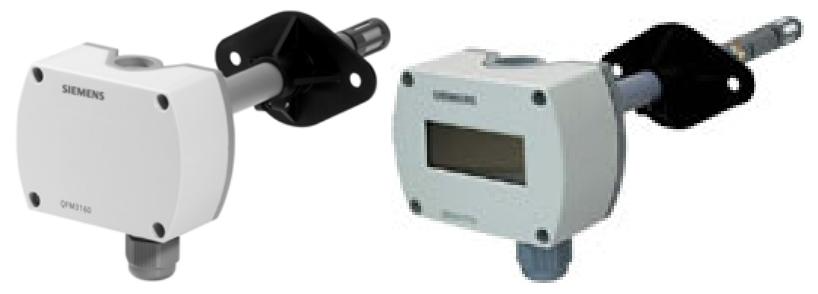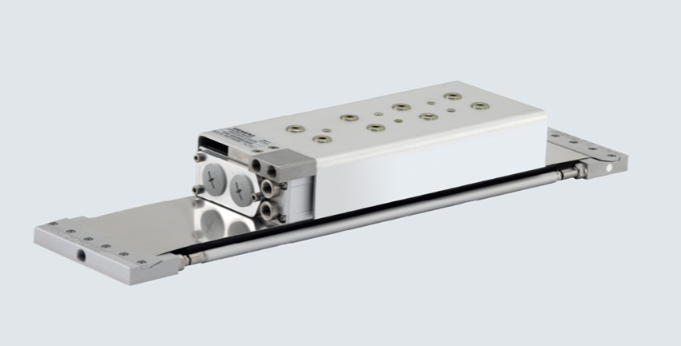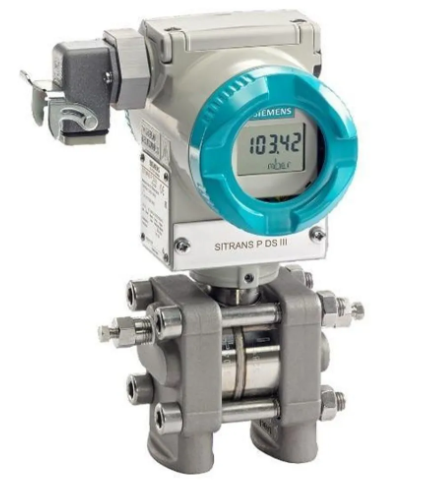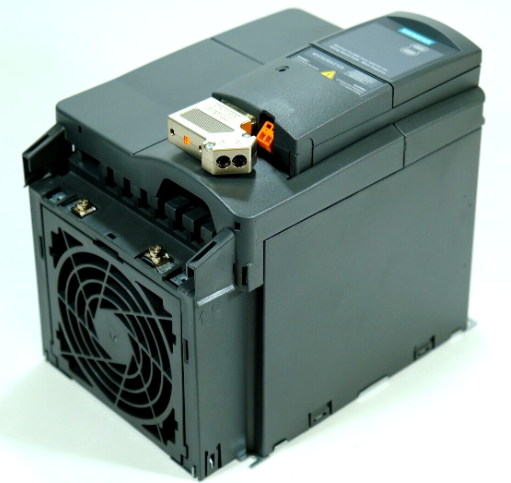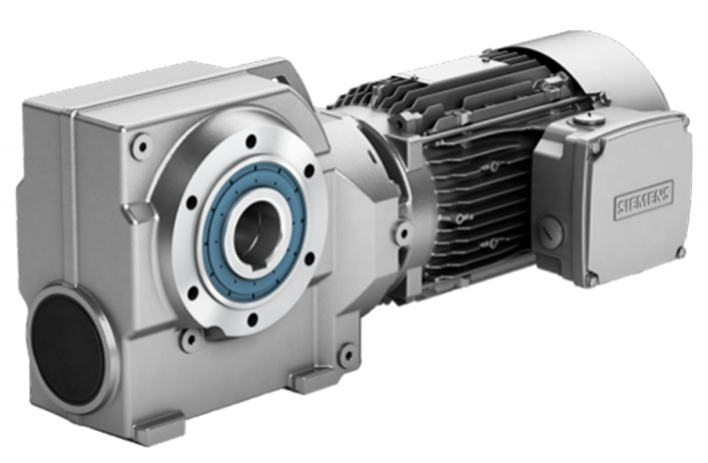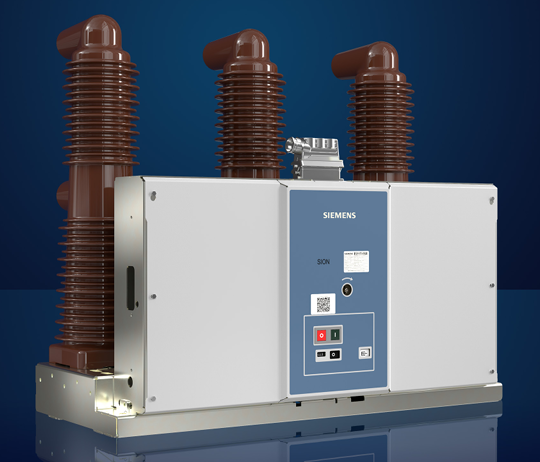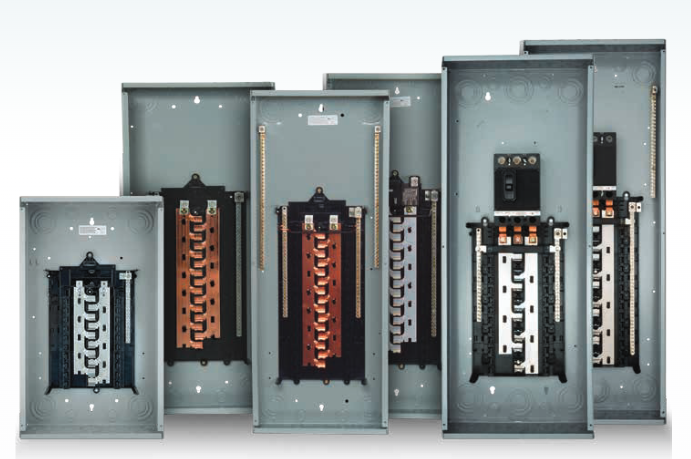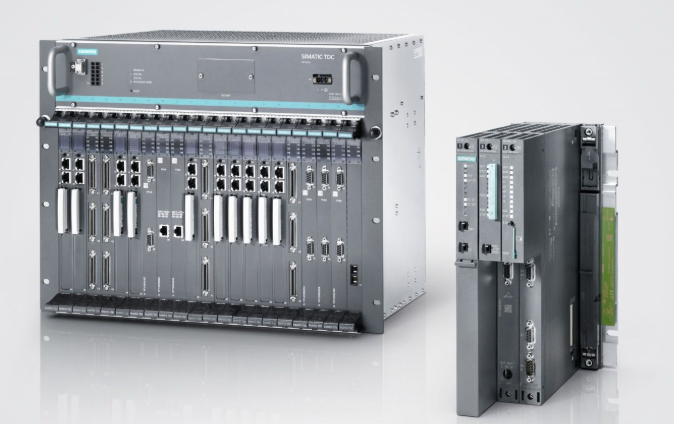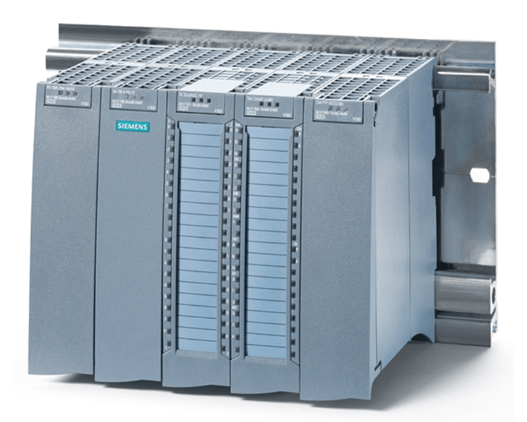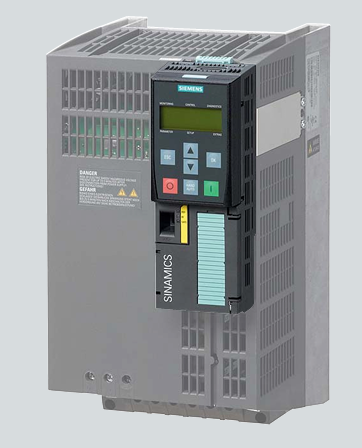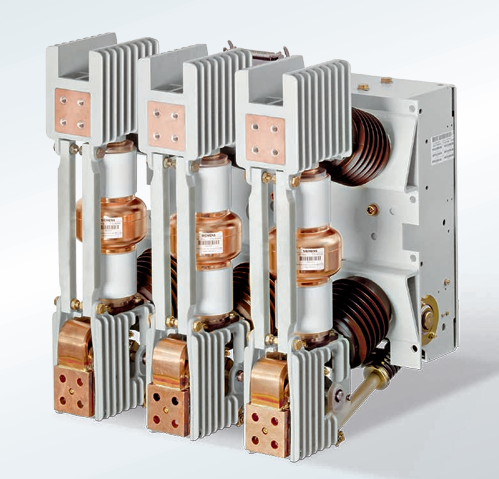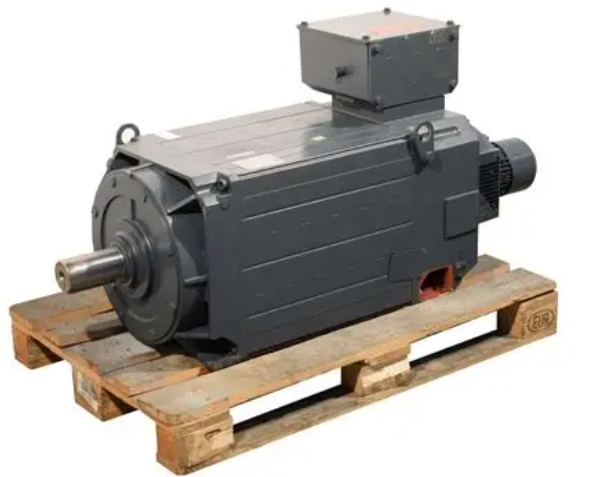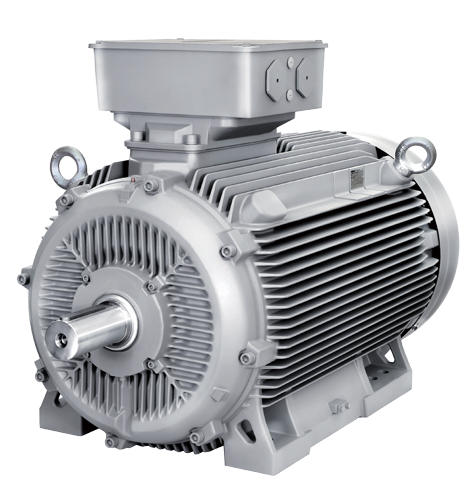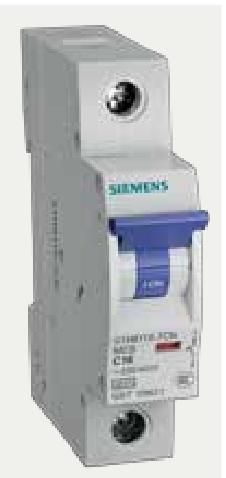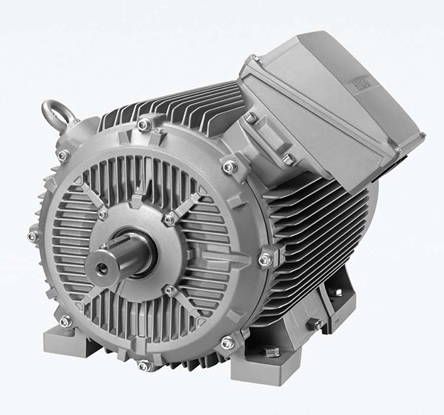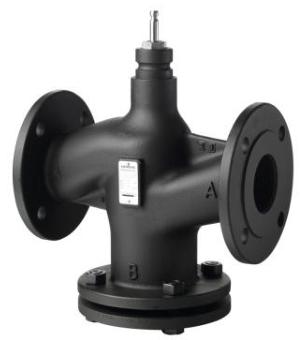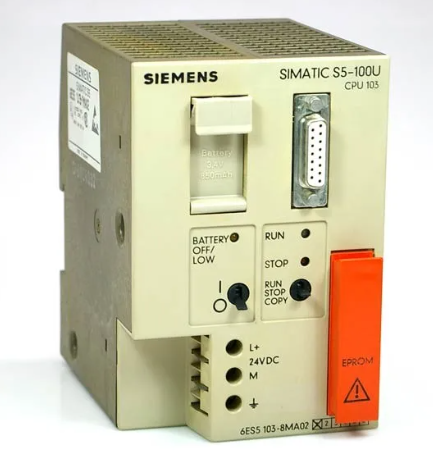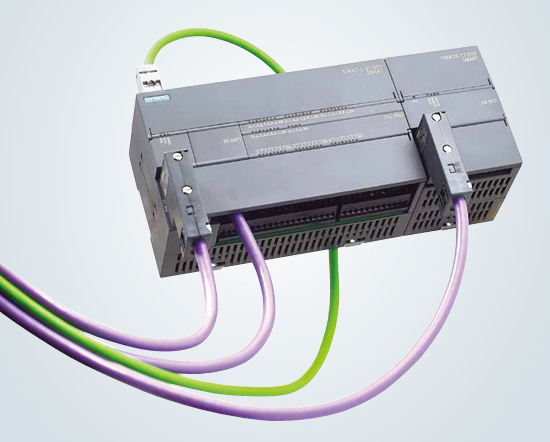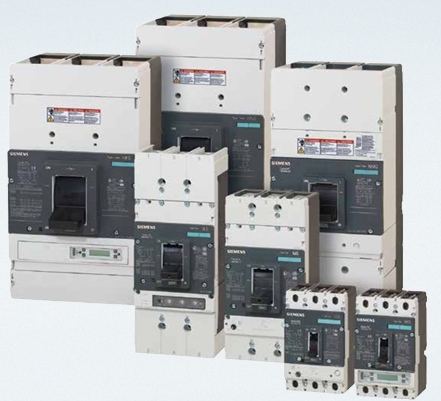The core advantage of FOXBORO P0916DC terminal cable lies in its structural design and signal transmission stability that adapts to complex industrial environments. The specific characteristics are as follows:
As a terminal connection cable, P0916DC adopts low loss conductor material and optimized insulation structure, which can effectively reduce signal attenuation and interference. In response to common electromagnetic interference (EMI) and radio frequency interference (RFI) in industrial sites, cables are designed with shielding layers (usually copper wire braided shielding or aluminum foil+copper wire composite shielding) to isolate interference signals and ensure accurate transmission of key signals such as 4-20mA analog signals and digital control signals, avoiding control system misjudgment caused by signal distortion.
FOXBORO P0916DC Terminal Cable
Product Core Features
The core advantage of FOXBORO P0916DC terminal cable lies in its structural design and signal transmission stability that adapts to complex industrial environments. The specific characteristics are as follows:
1. Accurate signal transmission capability
As a terminal connection cable, P0916DC adopts low loss conductor material and optimized insulation structure, which can effectively reduce signal attenuation and interference. In response to common electromagnetic interference (EMI) and radio frequency interference (RFI) in industrial sites, cables are designed with shielding layers (usually copper wire braided shielding or aluminum foil+copper wire composite shielding) to isolate interference signals and ensure accurate transmission of key signals such as 4-20mA analog signals and digital control signals, avoiding control system misjudgment caused by signal distortion.
2. Strong environmental adaptability
The harsh conditions such as high temperature, humidity, and chemical corrosion in industrial sites have a great impact on the service life of cables. P0916DC has made targeted optimizations for this: the outer skin is made of PVC or polyolefin materials that are resistant to oil and chemical corrosion, and can withstand a working temperature range of -20 ℃ to 70 ℃ (some special specifications can be extended to higher temperature environments); The insulation layer has good aging resistance and insulation strength, and can maintain stable insulation performance in humid environments, reducing the risk of short circuits.
3. High adaptability and connection reliability
The cable terminal joint is precision machined and can be seamlessly integrated with FOXBORO P0916 series terminal modules and related DCS equipment without the need for additional adapter components, reducing the risk of connection node failures; The crimping or welding process between the conductor and the joint ensures mechanical strength, and the number of insertions and removals meets industrial standards. It can maintain stable contact performance even after long-term use, avoiding signal interruption caused by loose connections.
4. Comply with industrial safety standards
The product has passed international industrial certifications such as UL and CE, and its flame retardant rating meets UL94 V-0 or equivalent standards. In the event of an accident, it can effectively delay the spread of flames and reduce the risk of fire; The insulation resistance, voltage resistance, and other electrical performance indicators of the cable meet the safety requirements of the industrial control field, ensuring the safety of personnel and equipment.
Applicable scenarios
The original design intention of FOXBORO P0916DC terminal cable is to serve the signal connection of FOXBORO DCS system. Its application scenarios are focused on industrial control links that require high-precision signal transmission, mainly including:
1. Signal connection in the field of process control
In petrochemical, coal chemical, fine chemical and other scenarios, it is used for signal transmission between DCS terminal modules and on-site transmitters (such as pressure transmitters, temperature transmitters, liquid level transmitters), actuators (such as regulating valves, solenoid valves), to achieve real-time collection and precise issuance of control instructions for key parameters such as temperature, pressure, flow rate, liquid level in the production process.
2. Monitoring connection of power system
In power scenarios such as thermal power generation, hydropower generation, and new energy generation, the monitoring module adapted to the FOXBORO DCS system connects monitoring instruments of generators, transformers, switchgear, and other equipment to transmit electrical parameter signals such as voltage, current, and power, providing data support for the stable operation of the power system.
3. Equipment linkage between metallurgy and manufacturing industries
In steel, non-ferrous metal smelting, and machinery manufacturing production lines, the connection between DCS terminals and sensors, PLCs (programmable logic controllers), and motor control equipment is used to achieve automated linkage control of the production process, improve production efficiency and process stability.
4. Other industrial automation scenarios
Including compliance production monitoring in the food processing and pharmaceutical industries (with special specifications that comply with FDA and other industry standards), water quality parameter transmission in water treatment systems, etc. As long as signal connection requirements for FOXBORO DCS terminals are involved, P0916DC terminal cables can provide reliable solutions.
Key technical parameters
Conductor specifications
Multi stranded tinned copper wire, typically with a wire diameter of 22AWG-18AWG
Multi strand conductors enhance flexibility, tin plating prevents corrosion, and adapts to different current and signal transmission needs
insulating material
Polytetrafluoroethylene (PTFE) or cross-linked polyethylene (XLPE)
High temperature resistance, low dielectric loss, ensuring signal transmission stability
Shielding method
Copper wire braided shielding (coverage ≥ 85%) or aluminum foil+copper wire composite shielding
Effectively resist electromagnetic interference, suitable for complex industrial electromagnetic environments
Outer skin material
PVC or Polyolefin (PO)
Resistant to oil and chemical corrosion, meeting flame retardant requirements
Operating Temperature
-20 ℃~70 ℃ (fixed installation); -15 ℃~60 ℃ (mobile laying)
Special specifications can be customized for high or low temperature adaptability
rated voltage
300V/500V(AC)
Meet the voltage requirements for industrial control signal transmission
insulation resistance
≥100MΩ·km(20℃)
Ensure good insulation performance and avoid signal leakage
Terminal connector
Pin/hole type terminals, compatible with FOXBORO P0916 series terminals
Gold or silver plated contacts reduce contact resistance
Installation and usage precautions
The installation quality of FOXBORO P0916DC terminal cable directly affects its usage effect, and the following issues need to be focused on:
1. Environmental investigation: Before installation, confirm whether the on-site environment temperature, humidity, and chemical medium meet the scope of cable use, avoid direct laying in strong acid, strong alkali, or high concentration oil contaminated environments, and use casing protection if necessary.
2. Shielding layer treatment: The shielding layer of the cable needs to be grounded at one end (usually on the DCS terminal side) to avoid the formation of circulating currents caused by grounding at both ends, which may affect signal transmission; The grounding resistance should be ≤ 4 Ω to ensure effective discharge of interference signals.
3. Laying specifications: Cables should be kept away from high-voltage cables (with a spacing of ≥ 0.5m) to avoid parallel laying and reduce electromagnetic interference; During the laying process, avoid excessive pulling (tension not exceeding 10% of the conductor's fracture strength) and bending (bending radius not less than 6-8 times the outer diameter of the cable) to prevent damage to the conductor and insulation layer.
4. Connection operation: The crimping of terminal connectors and cables requires the use of specialized tools to ensure a secure crimping with a contact resistance of ≤ 5m Ω. When inserting and removing connectors, excessive force should be avoided to prevent bending or damage to the connector pins.
5. Clear identification: Both ends of the cable should be properly labeled, indicating the terminal module number and on-site equipment number for easy maintenance and troubleshooting in the future.
6. Regular maintenance: Regularly check whether the cable sheath is damaged or aged, whether the joints are loose or oxidized, and replace them in a timely manner to avoid system problems caused by local faults.

- User name Member Level Quantity Specification Purchase Date
- Satisfaction :
-









Email:wang@kongjiangauto.com




